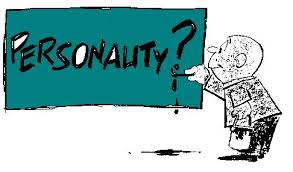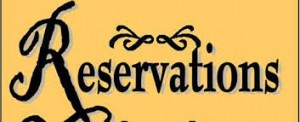“Personality is an unbroken series of successful gestures.” – F. Scott Fitzgerald
According to the Gordon Allport (one of the founding figures of personality psychology) defines personality as the dynamic organization within the individual of those psychophysical systems that determine his/her unique adjustments to his/her environment.
Personality is enduring characteristics that describe an individual’s behavior. Research has shown that personality tests are useful in hiring decisions and help people forecast who is best for job. And matter of the fact is that through personality testing an individual can know about his/her personality and make modifications according to the future needs and requirements.
Measuring personality is through self report surveys, with which individuals evaluate themselves on a series of factors. Observer rating surveys provide an independent assessment of personality. And a combination of self report and observer reports predicts better than any one type of information.
The Myers – Briggs Type Indicator
The Myers-Briggs Type Indicator (MBTI) is the most widely used personality assessment instrument in the world. It is 100-question personality test that asks people how they usually feel or act in particular situations. Respondents are classified as extraverted or introverted (E or I), sensing or intuitive (S or N), thinking or feeling (T or F), and judging or perceiving (J or P). These terms are defined as follows:
- Extraverted (E) versus Introverted (I). Extraverted individuals are outgoing, sociable, and assertive. Introverts are quiet and shy.
- Sensing (S) versus Intuitive (N). Sensing types are practical and prefer routine and order. They focus on details. Intuitives rely on unconscious processes and look at the “big picture”.
- Thinking (T) versus Feeling (F). Thinking types use reason and logic to handle problems. Feeling types rely on their personal values and emotions.
- Judging (J) versus Perceiving (P). Judging type wants control and prefers their world to be ordered and structured. Perceiving types are flexible and spontaneous.
These classifications together describe 16 personality types, identifying every person by one trait from each of the four pairs. E.g. INTJ, ENTP etc.
Click here for government certification in Human Resources





13 Comments. Leave new
Awesome….so a test can actually determine our personality…I will definitely try..
awesome article!
I am a student of Social sciences and very well know about personality. Here is just a brief you have given. It will be better if you have given a link for further reading.
Good work
woh! thanks for shredding light on this unique topic. I had never heard of The Myers – Briggs Type Indicator. useful article.
Quite interesting. Good job!
This is the first time I am reading such a technical and precise article on personality! Good work!
Amazing.
Interesting, I’d be interested to know the sub topics too
Well explained article 🙂
Amazing 😀 good Work 😀
Good work.
Precise and concise